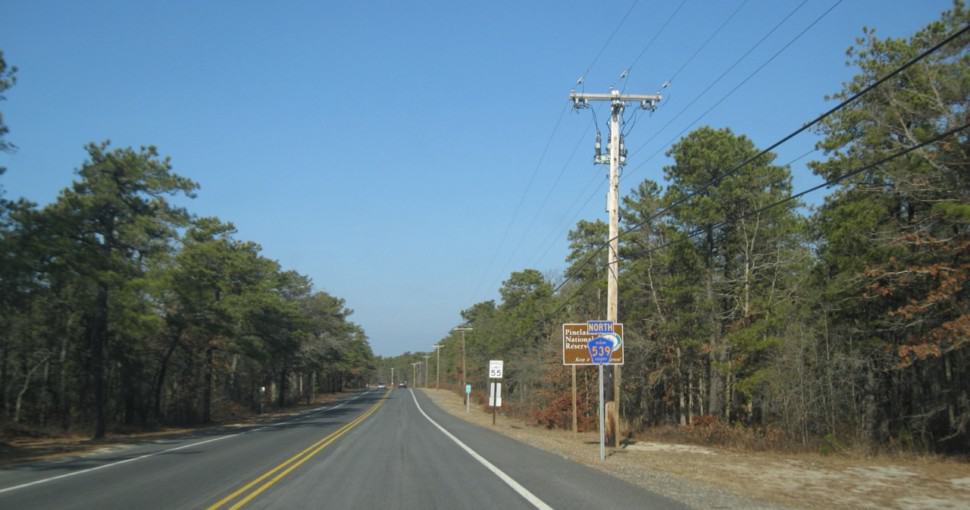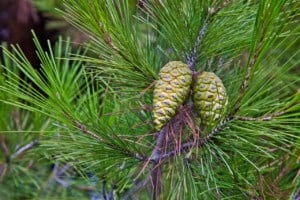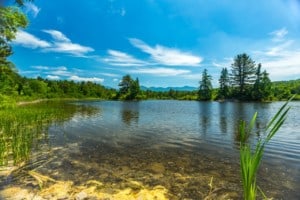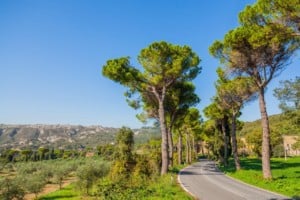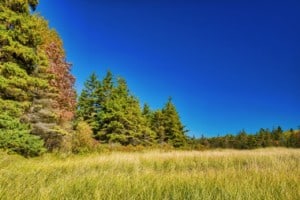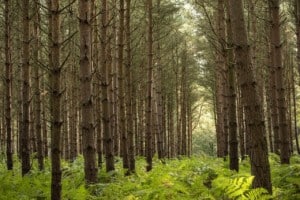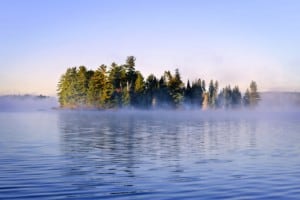Pine Trees are inarguably one of the best-known trees across the world. They are native to many regions throughout the Northern Hemisphere, including North America, Europe, and Russia. These trees typically grow on seaside and swamp borders, dry foothills, lowlands, slopes, and other landscapes. They are hardy trees that have adapted to many environments, New Jersey being no exception.
Contents
Natives used the native Pines growing in North America to build canoes and other wooden vessels. Today, these Pine trees are an integral part of the timber industry as they are used in construction, furniture making, land management, and more.
Pine trees belong to the Pinus genus. They are recognized from their needle-like, distinctive, and golden-yellow to dark green evergreen leaves and cone-shaped resinous, brown or copper-hued fruits that attract birds. These seed-producing trees belong to the family of conifers and can grow into tall, stately trees or small- to medium-sized shrubs.
Some Pine trees are grown as street trees, while others can be grown as ornamental trees on private properties. In forests, the fallen needles of these trees form a dense floor, preventing other plants from receiving sunlight and growing underneath them.
Pine trees can easily grow in New Jersey’s relatively moderate climate and sandy, somewhat droughty soil. You have to plant them in an area with maximum sunlight and make sure their soil is free-draining and aerated. The tree will grow its distinctive cones about ten years or more after plantation.
Here are the types of Pine Trees you can grow in New Jersey:
1. Pitch Pine (Pinus Rigida)
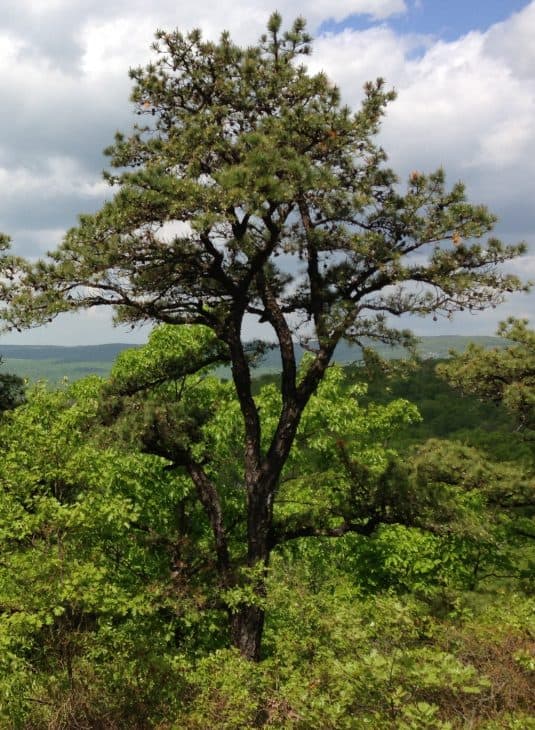
Pitch Pine is a native tree with a height of 40 to 70 feet. It features a brown, round, or irregular crown of drooping to horizontal branches. The bark of Pitch Pine is reddish-brown but matures into a blackish-gray hue with age. Pitch Pine leaves are needle-like, greenish-yellow, stiff, and about 3 inches long. They grow in clusters of three and turn dark green with age.
Pitch Pine grows egg-shaped, yellowish-brown, 1-3 inches long cones, with resinous, pointed scales. This tree grows naturally in gravels and shallow sands in and near swamps, river valleys, ridges, and steep mountainous slopes. This hardy plant is resistant to fire and injuries.
2. Scrub, Jersey or Virginia Pine (Pinus Virginiana)
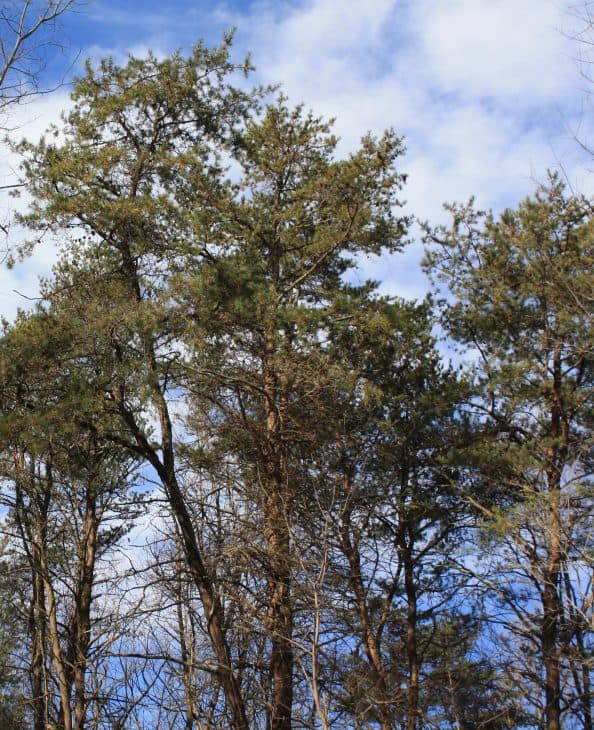
Virginia Pine is a native evergreen gymnosperm tree that grows up to 15 to 40 feet and has an 8 to 14 feet width. It grows in old fields in mountainous regions in dry, eroded soils. Virginia Pine has an open, broad, pyramidal crown that becomes more horizontal and flat-topped with age. It thrives in full sun and sandy, acidic, free-draining soils.
Thanks to its distinctive scraggly form, Virginia Pine is grown as a landscape tree. It’s susceptible to wind damage and several diseases and pests. It features clusters of two to four golden to reddish-brown, persistent, conical-oblong, blunt, spiny-scaled cones and clusters of evergreen, golden to green, acicular, twisting, stout, sharp-edged needles.
3. Table Mountain Pine (Pinus Pungens)
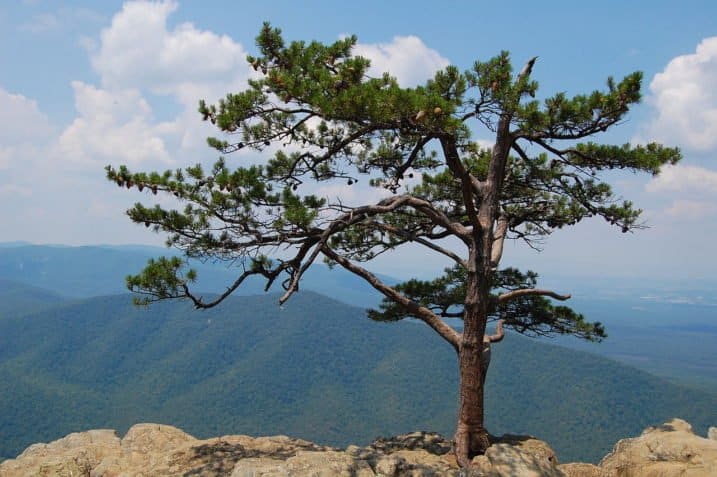
Also known as Bur Pine, Table Mountain Pine is a native tree that grows up to a height of 65 feet. It features a short trunk and an irregular, spreading crown. Bur Pine grows on mountainous, dry, rocky slopes and starts producing cones as early as five years of age. You can grow it as an ornamental tree, but make sure to protect it from strong winds since it is susceptible to wind damage.
Table Mountain Pine grows clusters of three to four, brown to copper-hued, stout, glossy, knobby cones. This tree thrives in full sun and acidic, shallow, rocky, loamy soils with good drainage. It features clusters of three evergreen, golden-yellow to green, serrated, sharp needles. Bur Pine has scaly, ridged, dark brown irregularly plated bark.

